Within the lush green landscapes of the Indian subcontinent, a small and colorful bird captures the attention of birdwatchers and nature enthusiasts alike—the Indian Pitta (Pitta brachyura). With its striking plumage and delightful song, this avian gem stands out amidst the foliage of the forests it calls home. In this article, we will explore the captivating world of the Indian Pitta, discussing its appearance, habitat, behavior, and the unique characteristics that make it a cherished inhabitant of the Indian wilderness.
Indian Pitta images
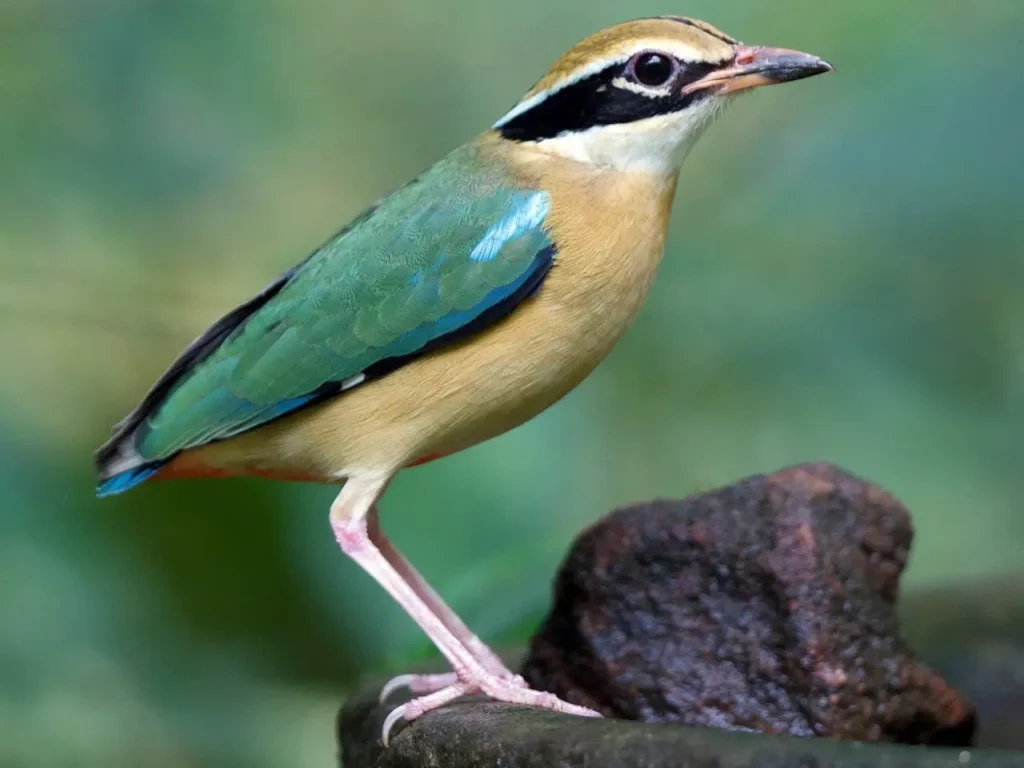
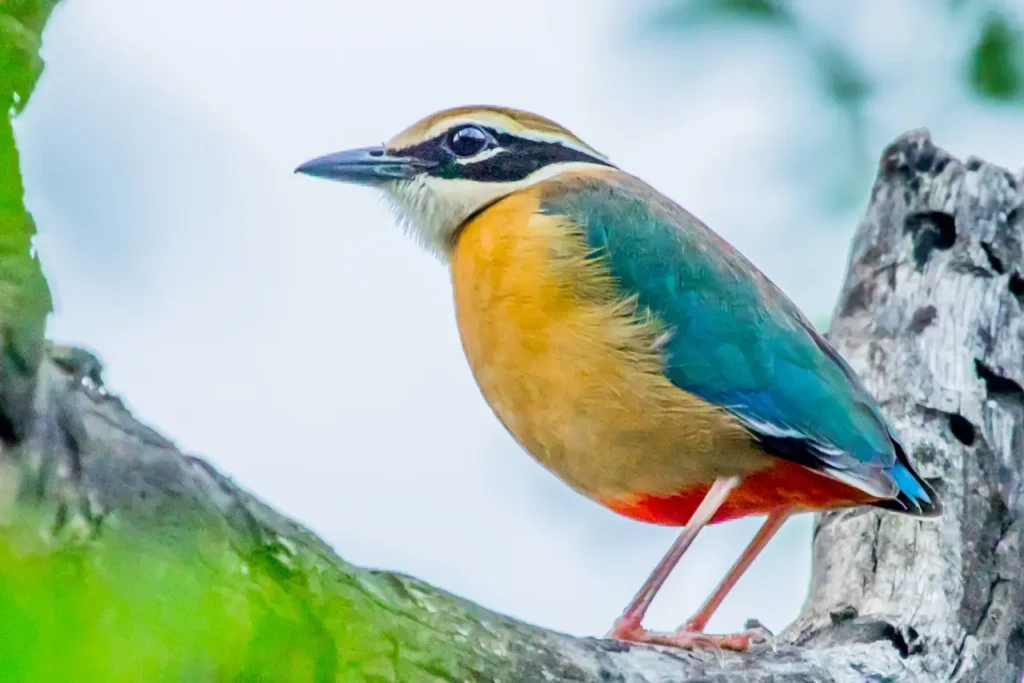
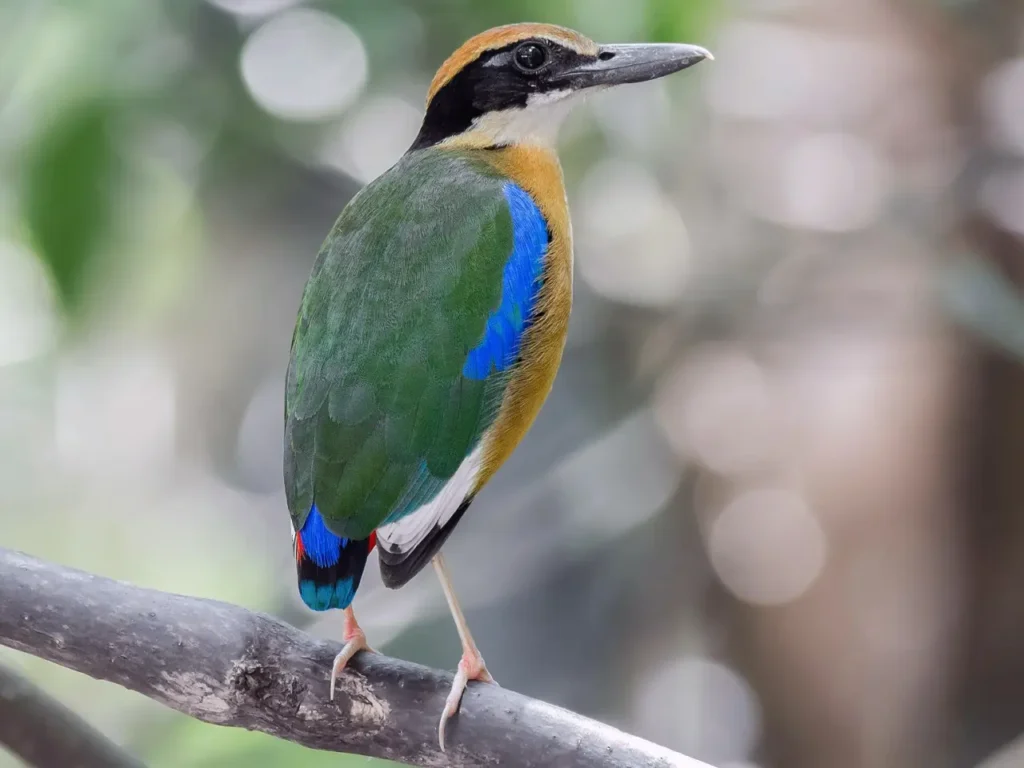
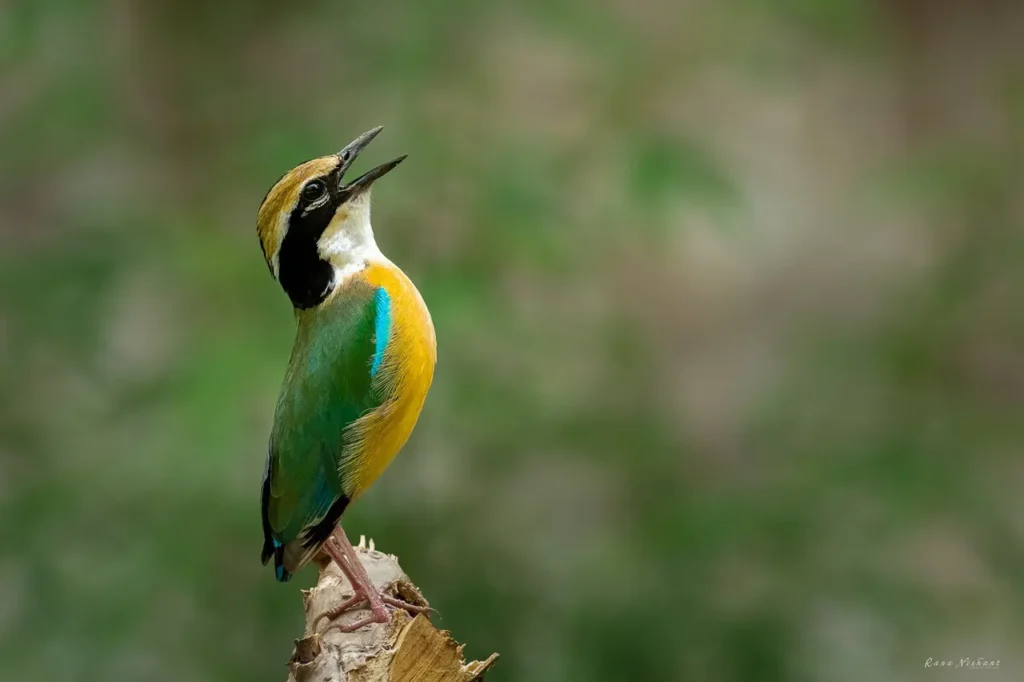
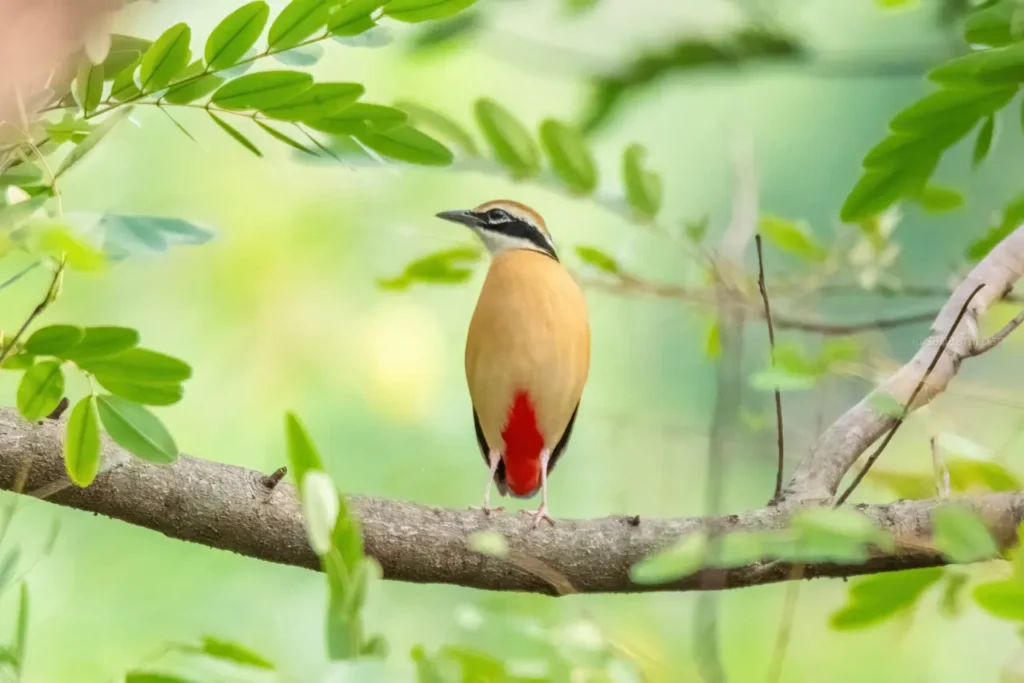
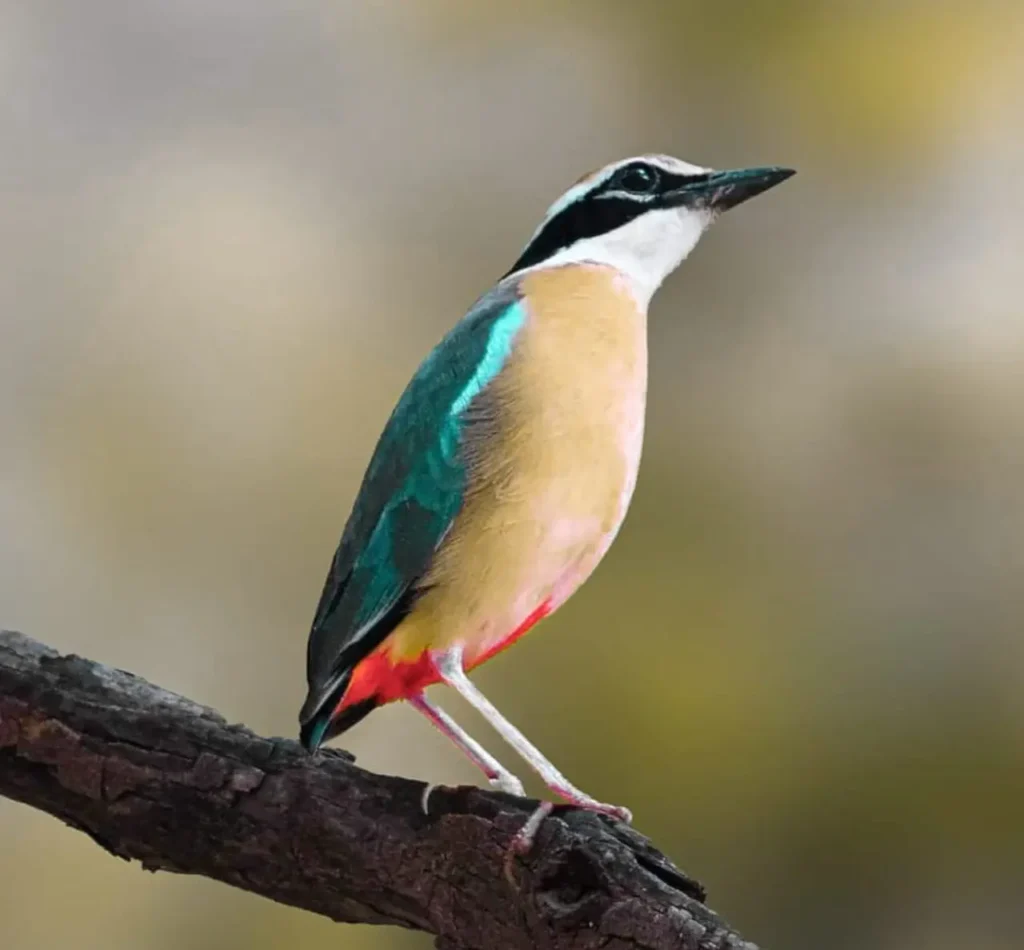
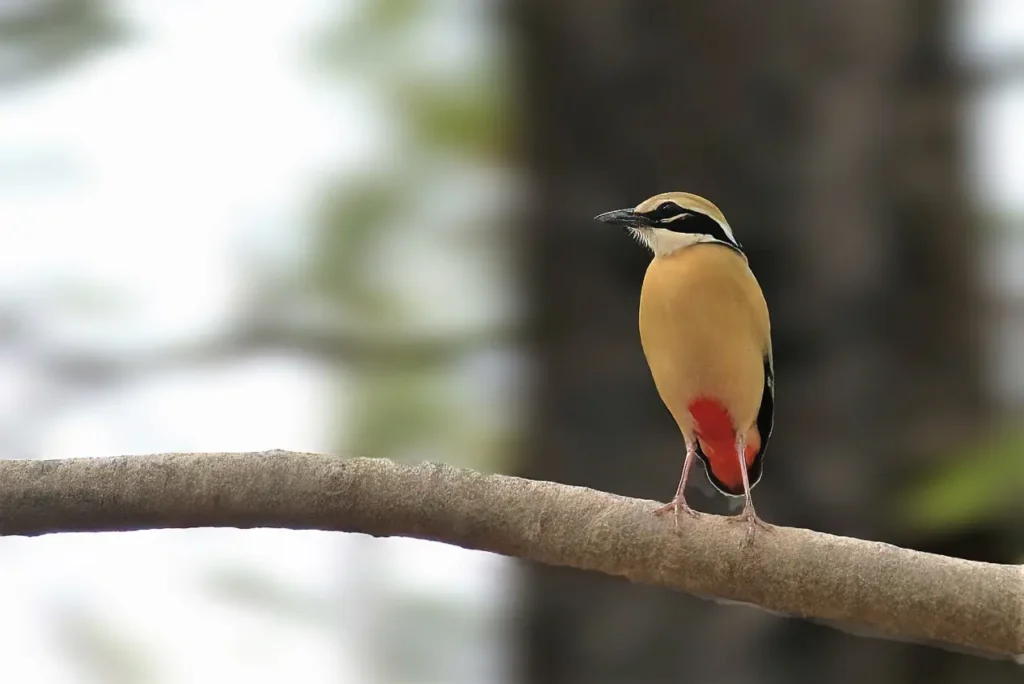
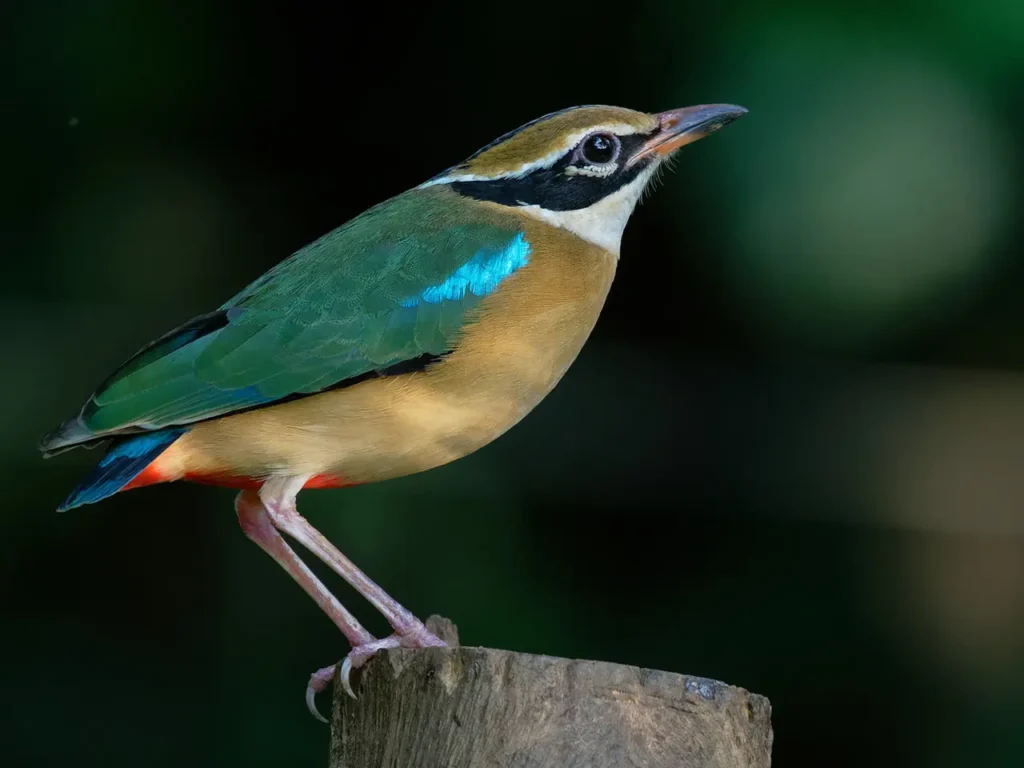
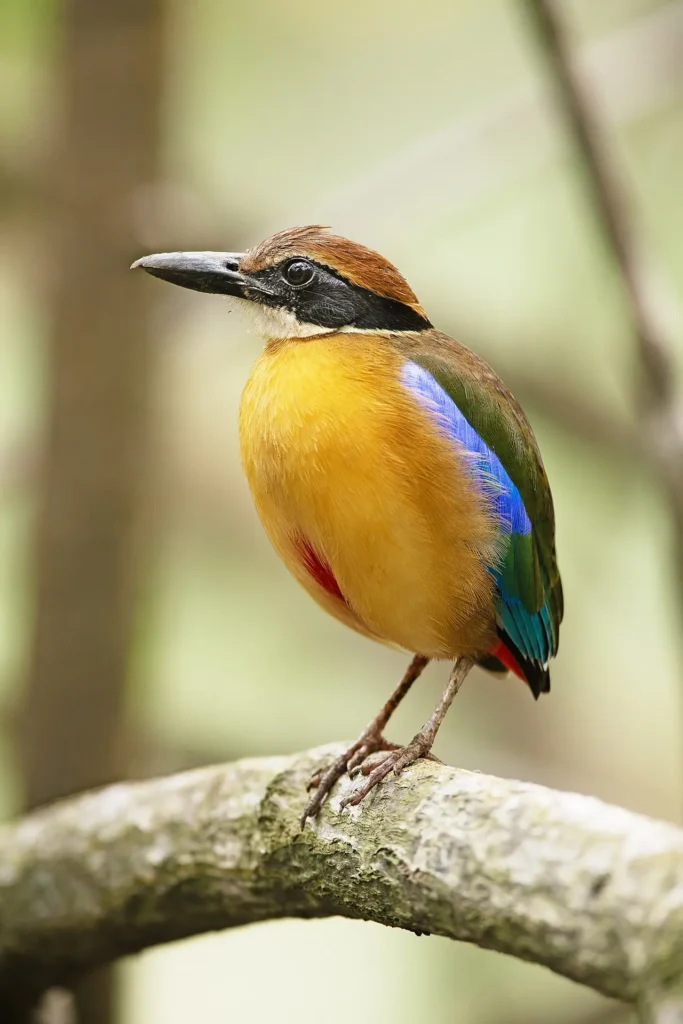
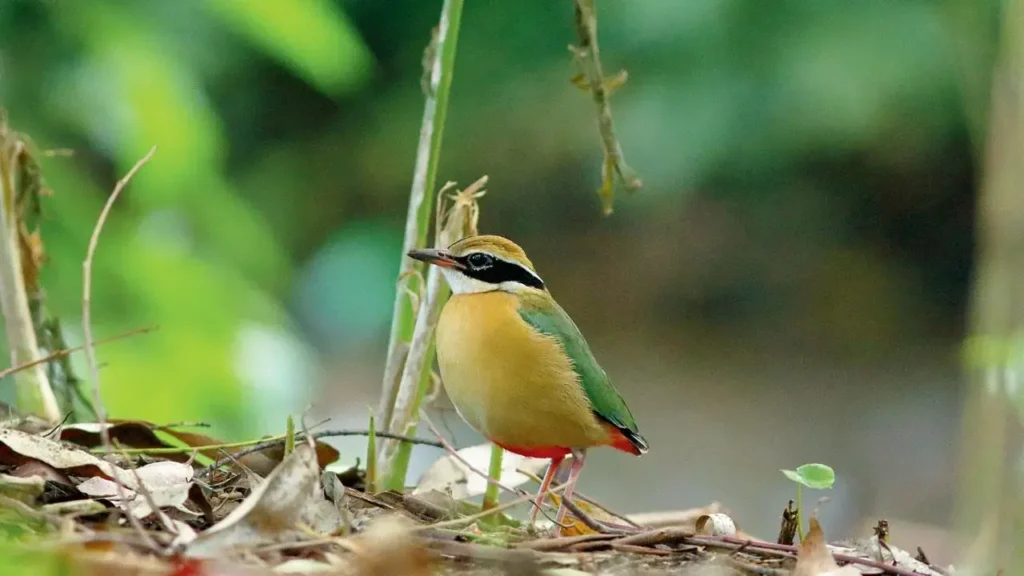
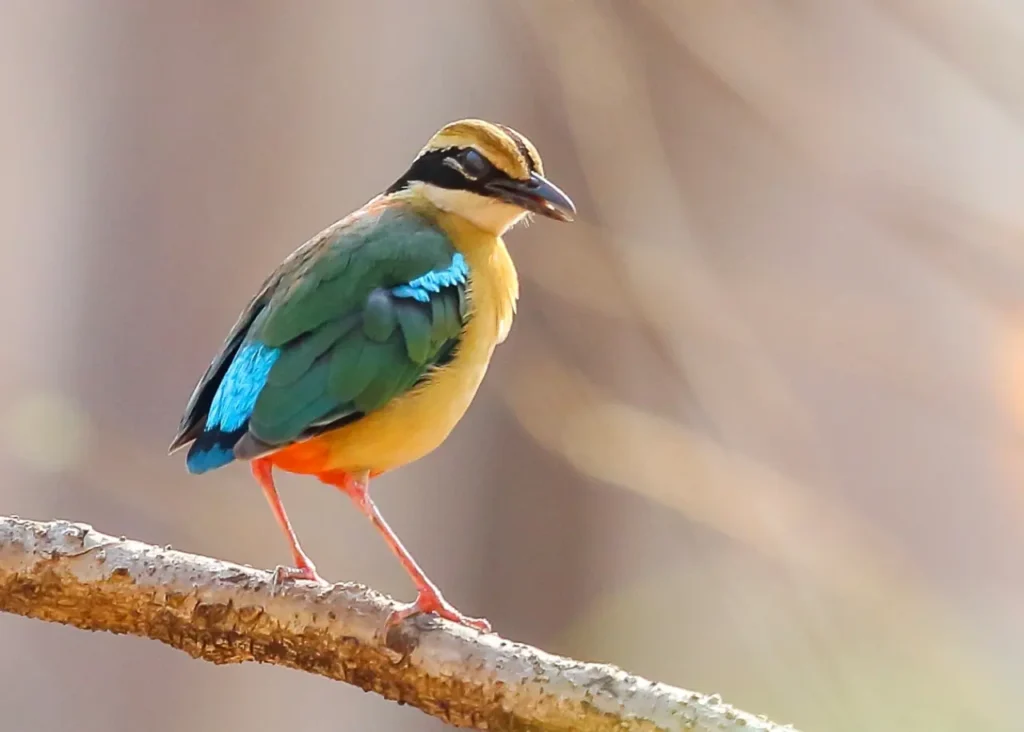
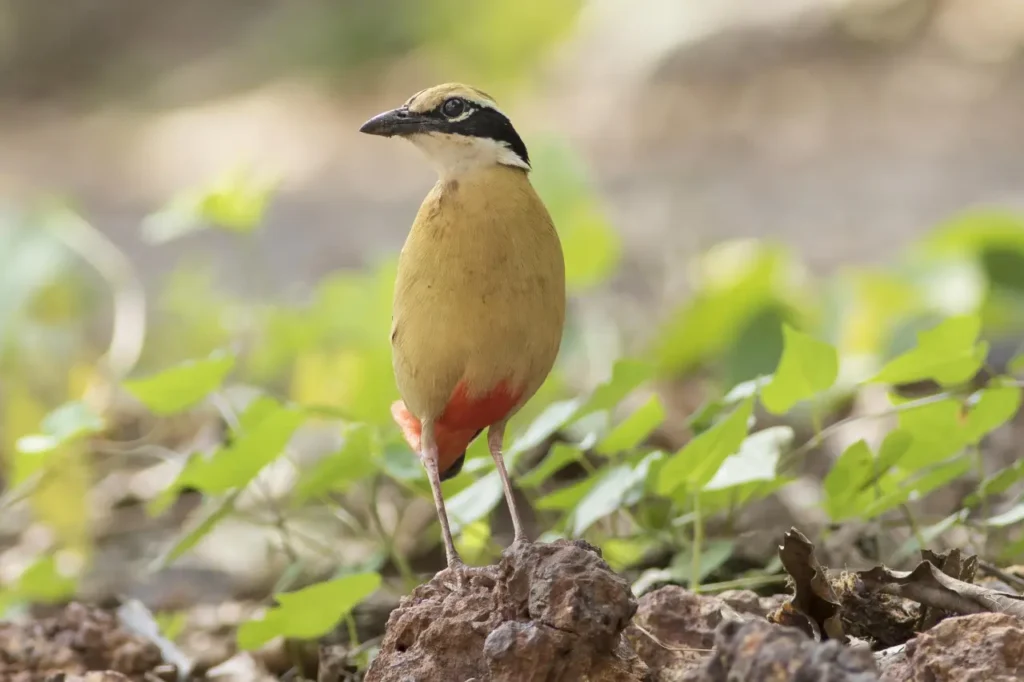
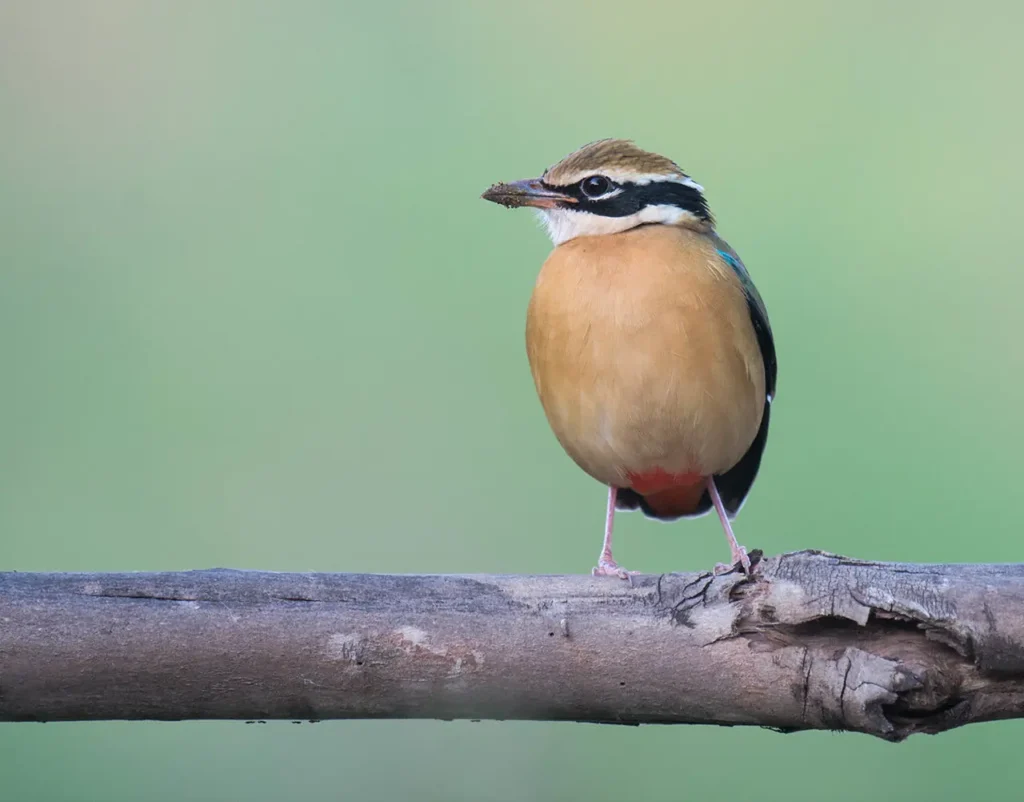
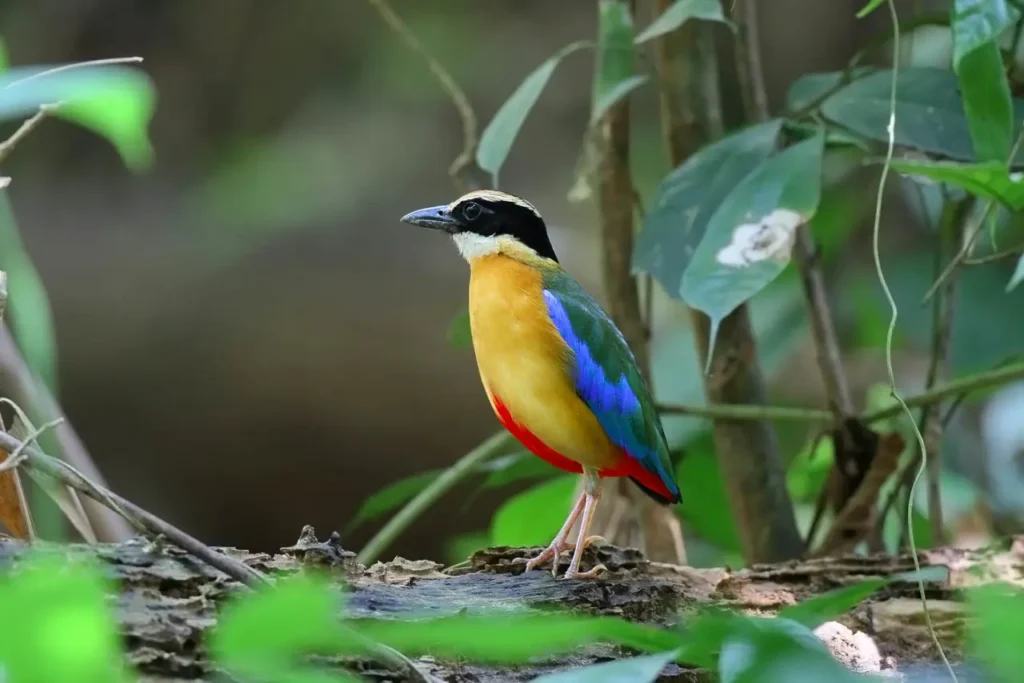
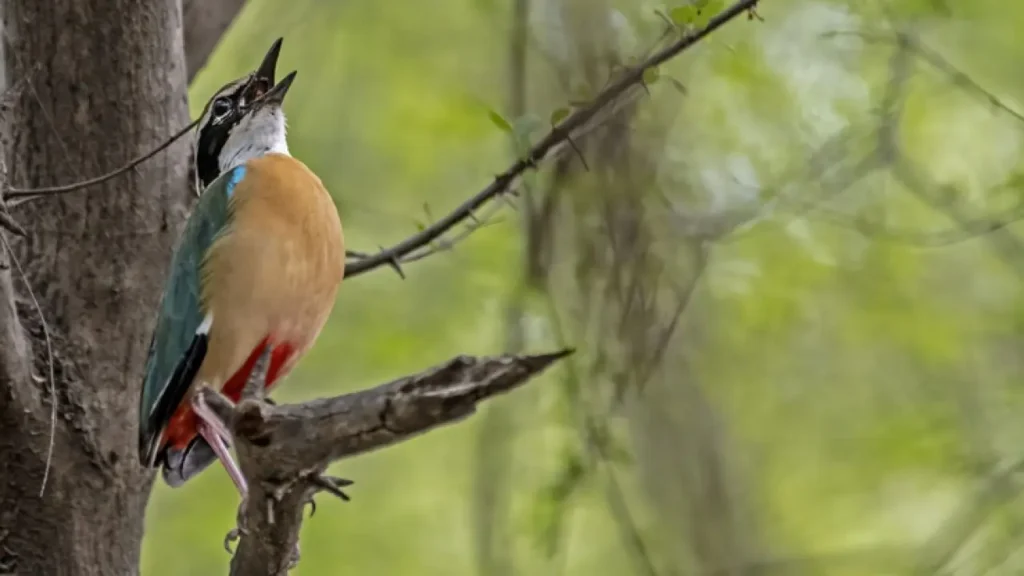
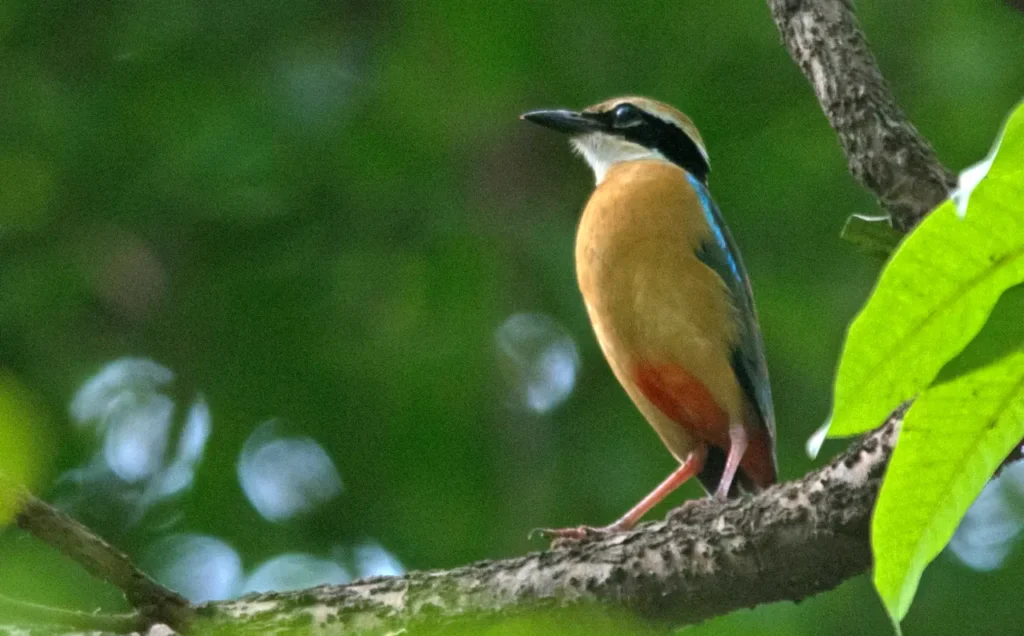
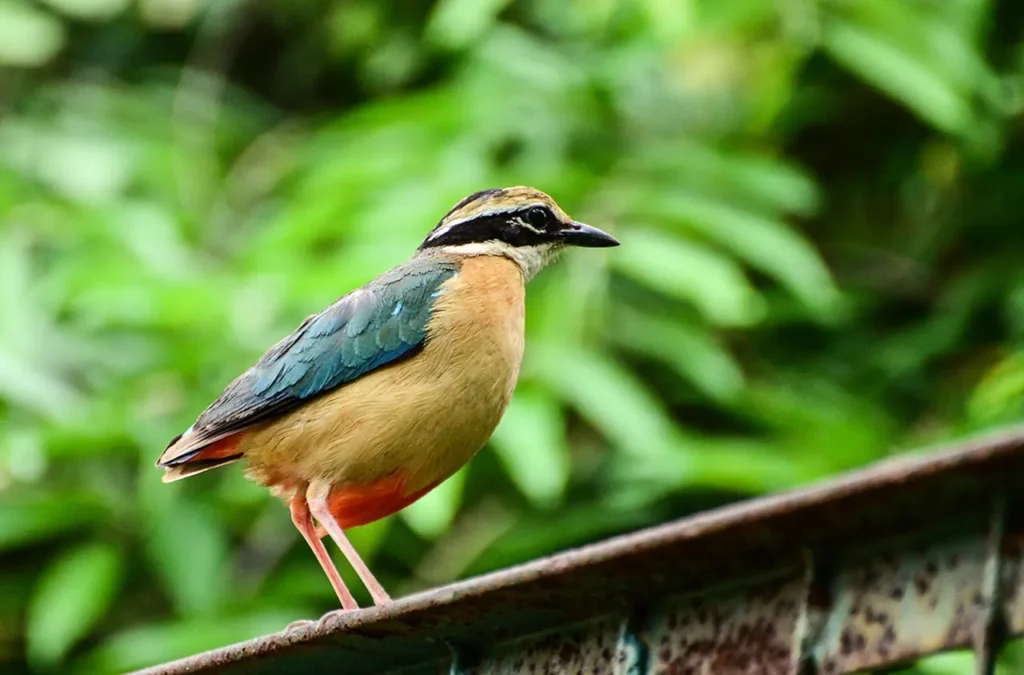
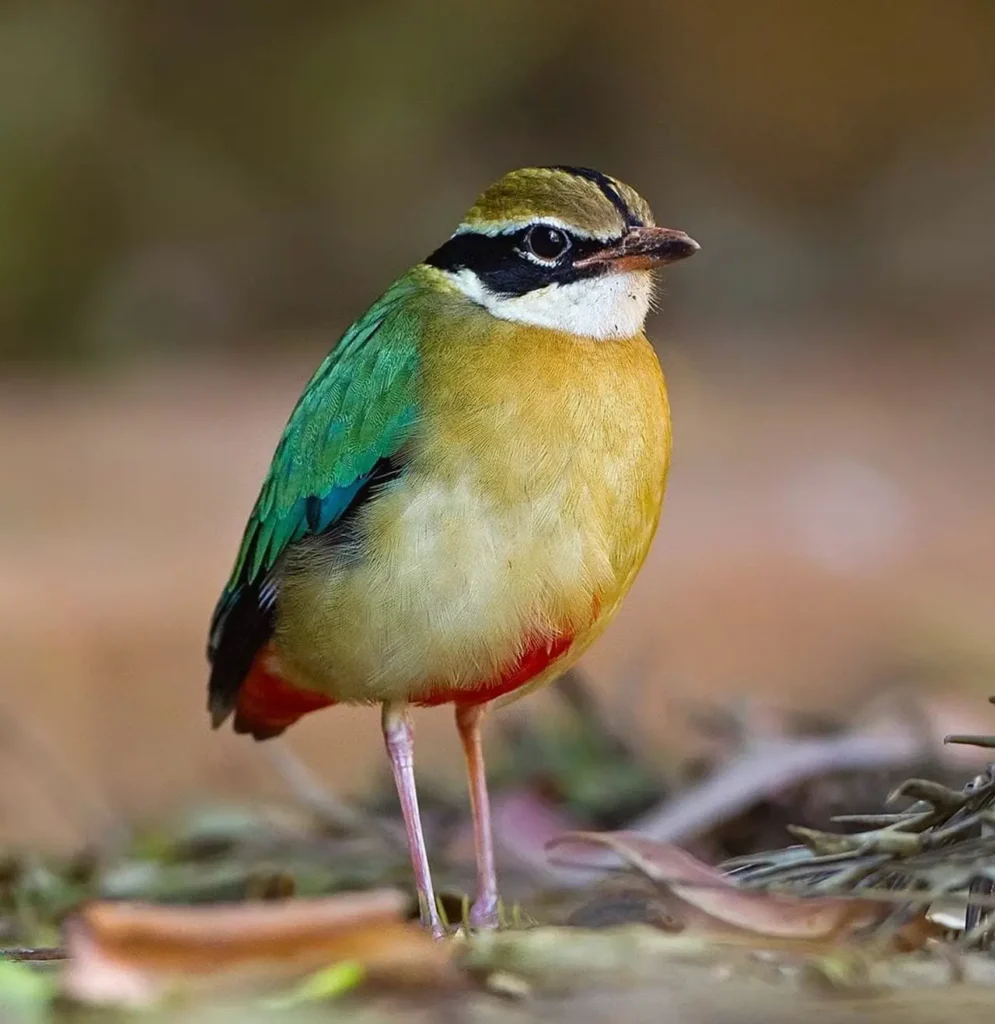
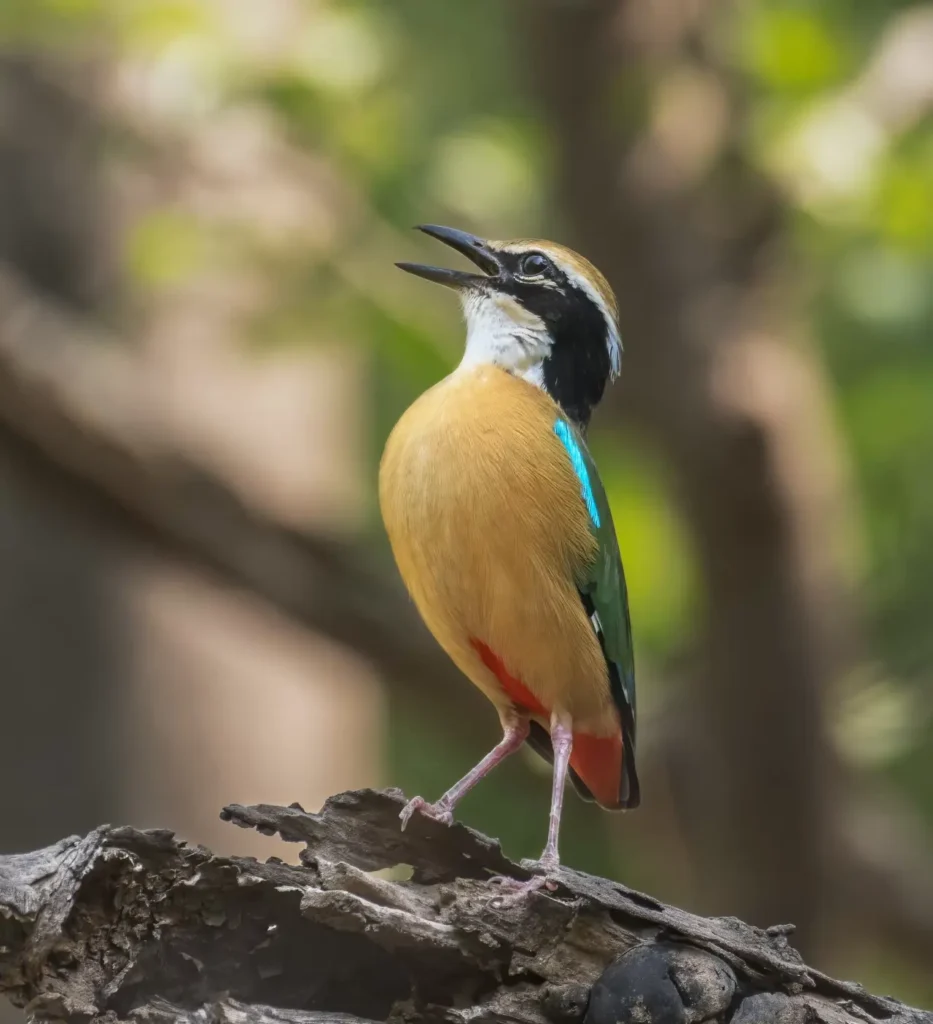
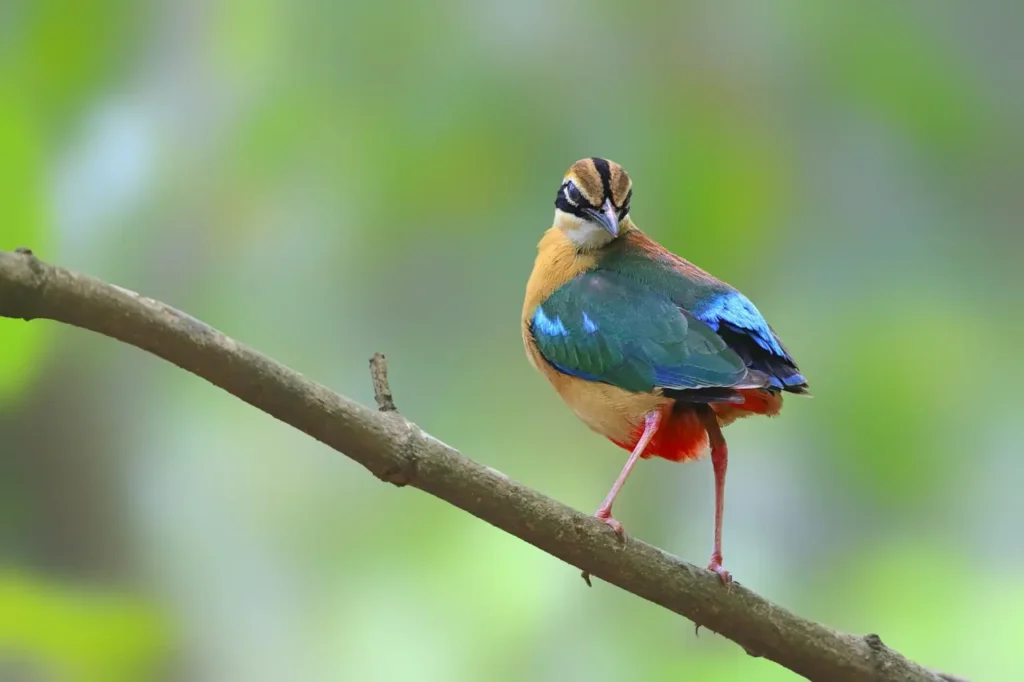
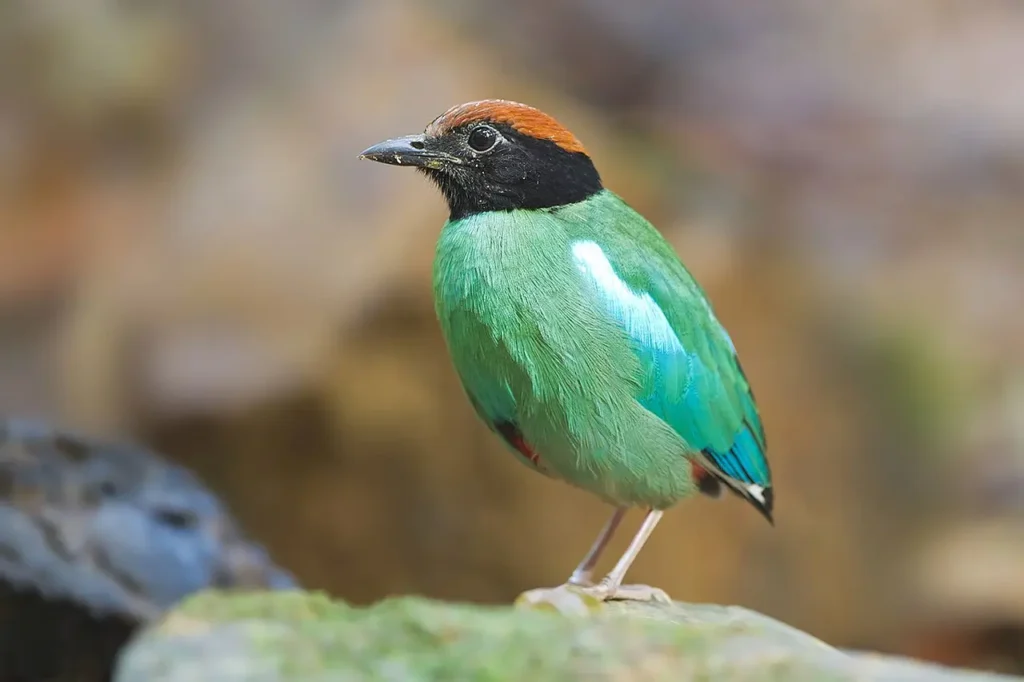
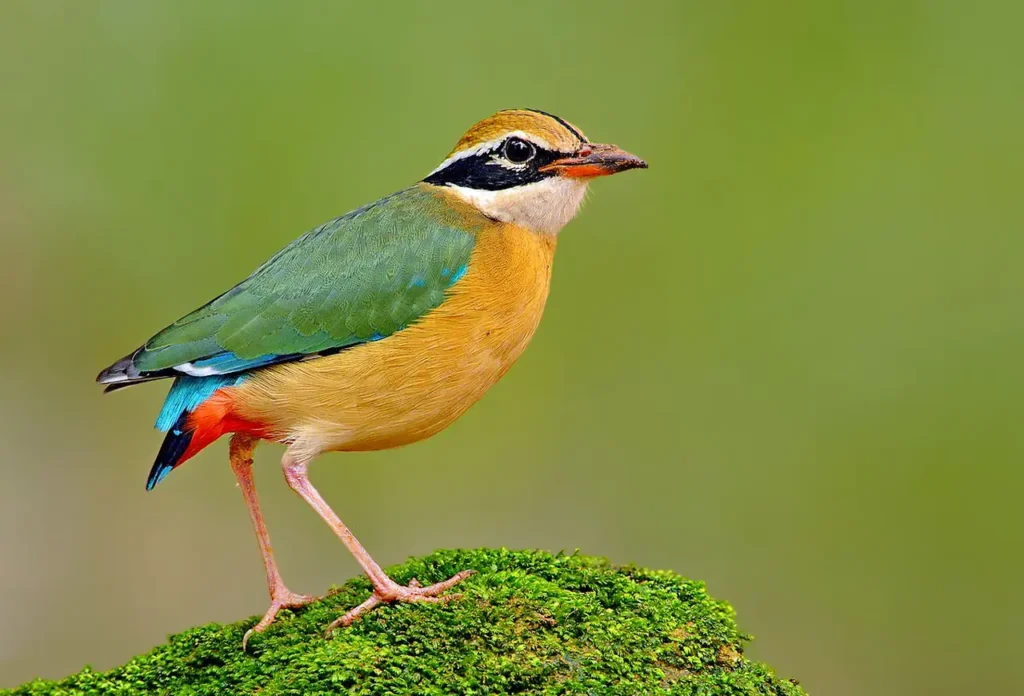
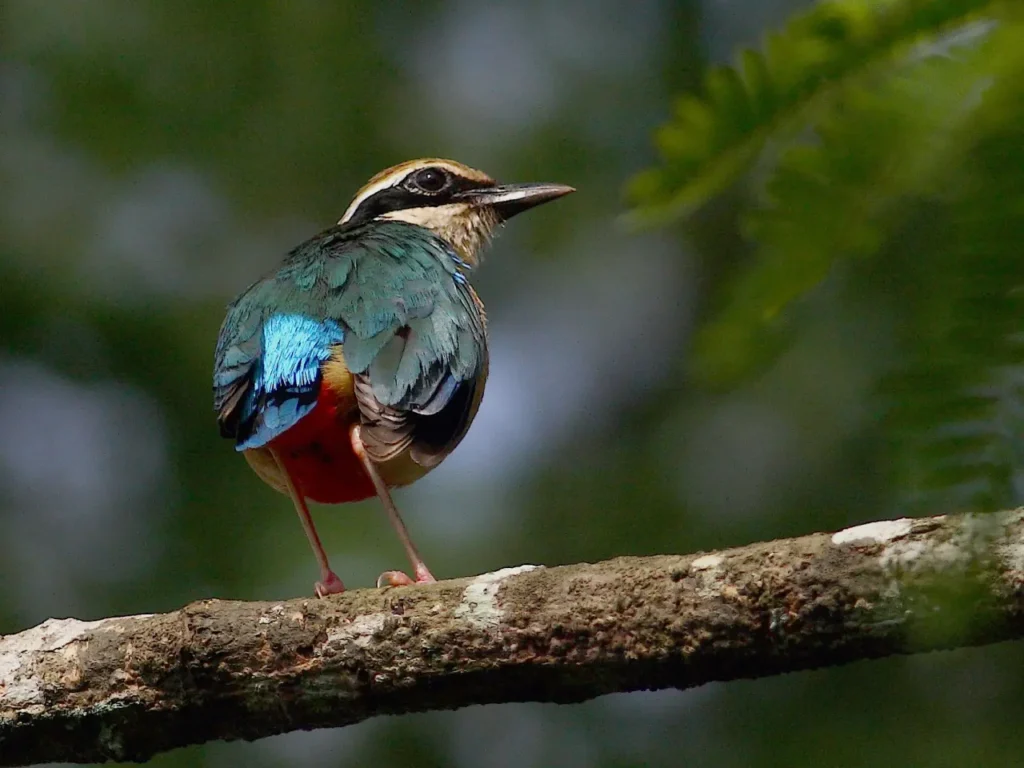
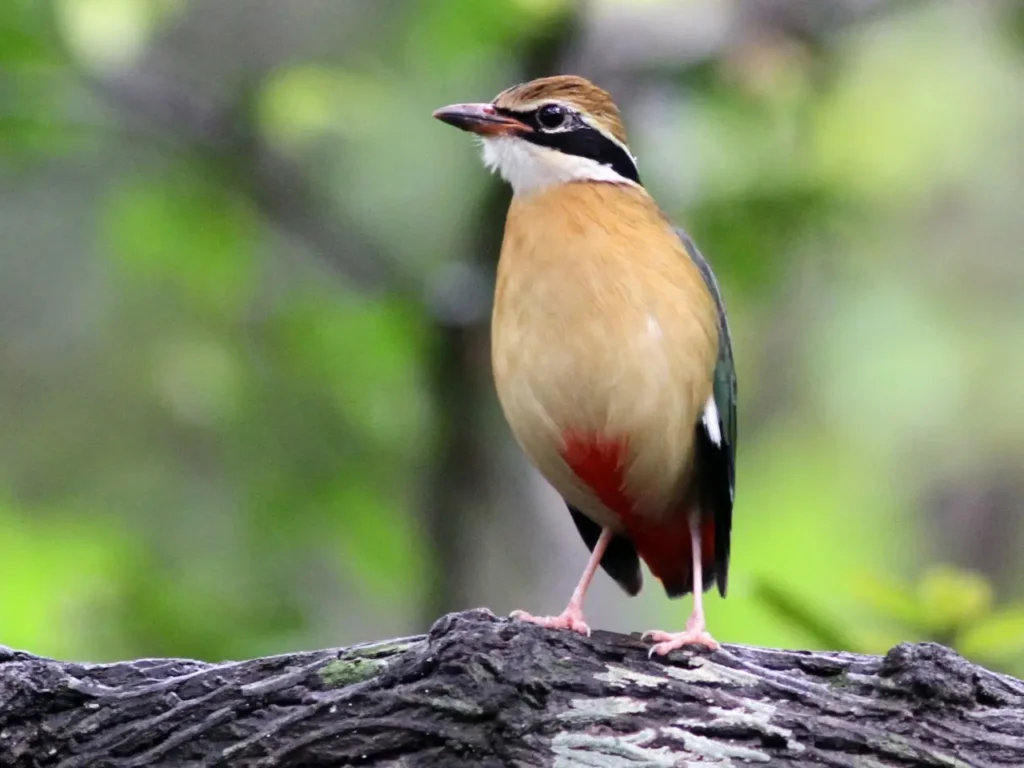
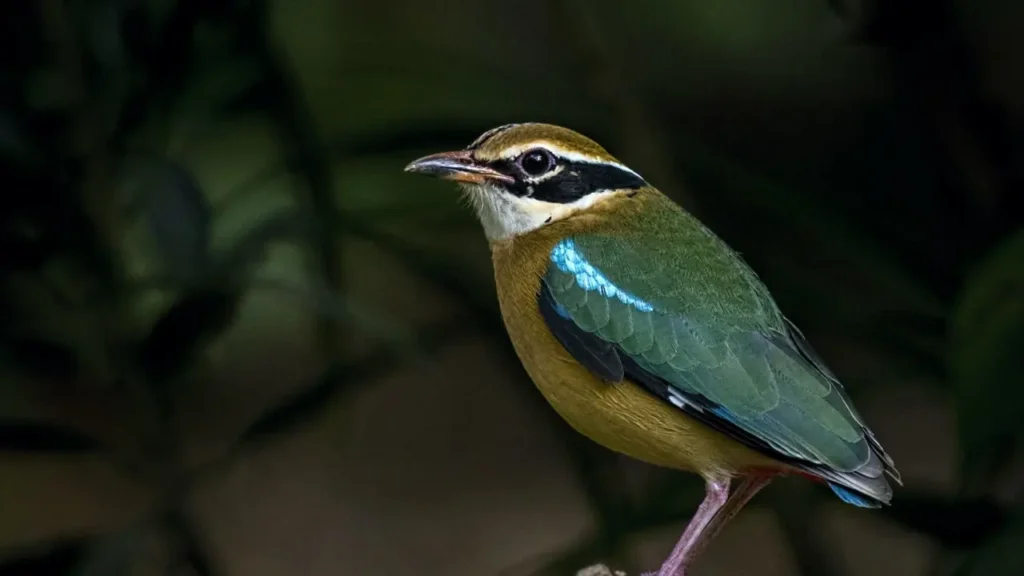
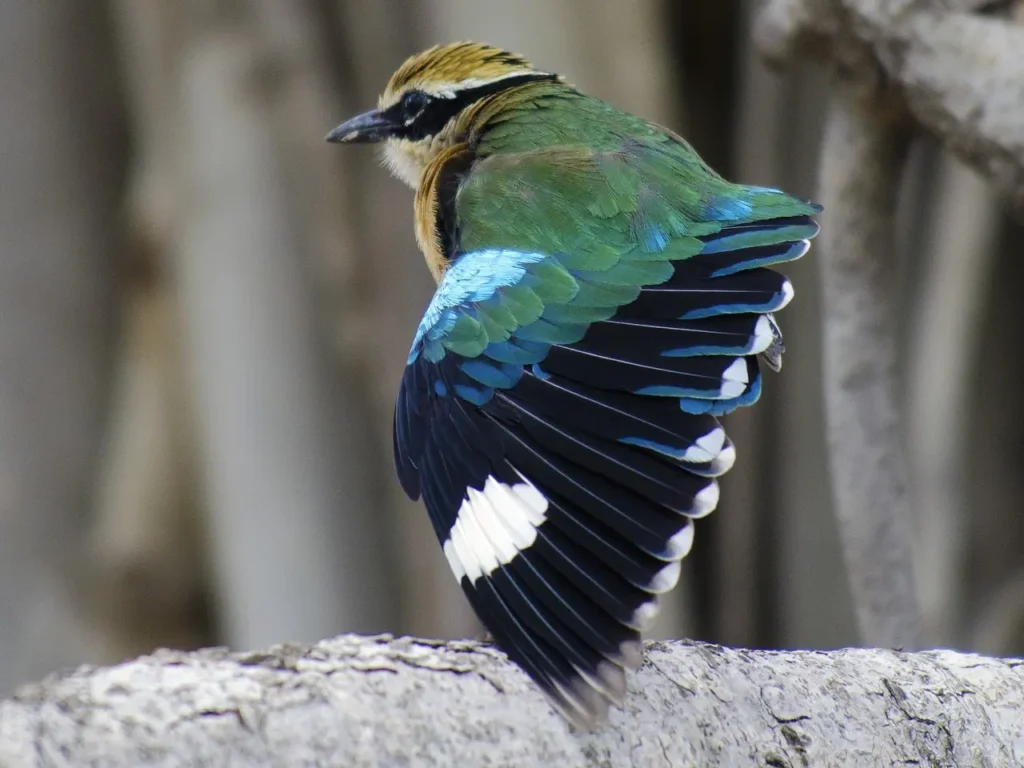
Appearance and Plumage
The Indian Pitta boasts a vibrant and eye-catching appearance. Its plumage features a beautiful combination of bright colors, including shades of blue, green, yellow, and chestnut brown. The head and back exhibit a stunning combination of green and blue, while the underparts are adorned with vibrant yellow. The wings and tail display intricate patterns of chestnut brown and black. This striking coloration, coupled with its relatively small size (around 18 centimeters in length), makes the Indian Pitta a visual delight for birdwatchers and photographers.
Habitat and Distribution
The Indian Pitta is predominantly found in the forests and woodlands of the Indian subcontinent. It is distributed across a wide range, including India, Nepal, Bhutan, Bangladesh, and Sri Lanka. These birds prefer habitats with dense undergrowth, such as moist deciduous forests, grasslands, and scrublands. They can also be spotted in gardens and orchards, provided there is adequate cover and a supply of insects, which form a significant part of their diet.
Behavior and Diet
The Indian Pitta is a ground-dwelling bird known for its distinctive behavior. It moves with agility along the forest floor, often hopping and probing the leaf litter in search of its preferred prey—mainly insects, spiders, and small invertebrates. With its sharp beak, the Indian Pitta skillfully extracts prey from the ground, leaves, or tree trunks. It is also known to use its wings to flush out insects, making it easier to catch them mid-air.
Breeding and Vocalization
During the breeding season, which typically occurs from March to August, the Indian Pitta engages in elaborate courtship displays. Males showcase their vivid plumage, hopping from branch to branch, and emit a melodious, flutelike call to attract mates. Their song is often described as a series of high-pitched, melodious notes that rise and fall in a rhythmic pattern. The Indian Pitta is known for its exceptional vocal abilities, and its calls are a common sound in the forests it inhabits.
Conservation Status and Threats
The Indian Pitta is classified as a species of least concern on the IUCN Red List. However, habitat loss and degradation due to deforestation and urbanization pose significant threats to its population. Additionally, the use of pesticides and insecticides in agricultural practices can indirectly impact the availability of food for the Indian Pitta. Conservation efforts aimed at protecting and restoring forest habitats, as well as raising awareness about the importance of preserving biodiversity, are crucial for the long-term survival of this charismatic bird.
The Indian Pitta, with its vibrant plumage, enchanting song, and unique behaviors, is a true gem of the Indian forests. Its presence adds a burst of color and melody to the natural tapestry of the region. As we appreciate the beauty and diversity of avian life, let us strive to protect the habitats that sustain species like the Indian Pitta, ensuring that future generations can continue to marvel at its charm and experience the wonders of nature’s creations.